The Bleeding Heart Tetra is a peaceful fish that grows to a size of two to three inches. It is commonly found in South America, in the upper Amazon River basin near the borders of Brazil, Peru, and Colombia.
These tetras have a lifespan of three to five years in captivity.
Table of Contents
Overview Of Bleeding Heart Tetra
The Bleeding Heart Tetra, with an average size of two to three inches, is a popular choice for aquarium enthusiasts. Originating from South America, these peaceful fish thrive in social groups of at least four individuals. With their vibrant red markings, they add a touch of color to any aquarium setup.
The Bleeding Heart Tetra, scientifically known as Hyphessobrycon erythrostigma, is a popular freshwater aquarium fish that is highly regarded for its vibrant coloration and peaceful nature. Native to South America, specifically the Amazon River basin, this small tetra species has gained popularity among hobbyists due to its stunning appearance and relative ease of care.
Below is an overview of this fascinating fish, including its key features and characteristics.
Introduction To Bleeding Heart Tetra As A Popular Freshwater Aquarium Fish
The Bleeding Heart Tetra is a highly sought-after fish in the aquarium hobby, loved for its captivating beauty and peaceful temperament. It can bring a burst of color and life to any tank, making it a great addition for both beginner and experienced aquarists.
Key Features And Characteristics Of Bleeding Heart Tetra
- Size: The average size of an adult Bleeding Heart Tetra is between two and three inches when fully grown. This relatively small size makes them rather manageable and easy to keep in aquariums that don’t take up a lot of space.
- Coloration: One of the most striking features of the Bleeding Heart Tetra is its vibrant coloration. It has a silver body with a splash of bright red on its chest, forming what resembles a bleeding heart shape. This unique color pattern adds a touch of elegance and intrigue to any aquarium.
- Peaceful Nature: Bleeding Heart Tetras are known for their peaceful and non-aggressive nature. They make excellent community fish and can live harmoniously with other peaceful species that share similar water requirements. However, it’s important to avoid housing them with fin nippers or aggressive tank mates.
- Hardy and adaptable: Bleeding Heart Tetras are generally hardy fish that can adapt well to various water conditions. They can tolerate a wide range of temperatures, pH levels, and water hardness, making them suitable for a variety of aquarium setups.
- Shoaling Behavior: Like many tetra species, Bleeding Heart Tetras are highly social and thrive in groups. Keeping them in a shoal of at least six individuals will not only enhance their overall well-being but also showcase their natural schooling behavior.
- Feeding: These tetras are omnivorous, meaning they will eat both plant-based and protein-based foods. They readily accept a variety of commercial flake, pellet, and freeze-dried foods. To maintain their health and vibrant coloration, it’s recommended to supplement their diet with occasional treats such as live or frozen foods.
- Breeding: Bleeding Heart Tetras are known to be relatively easy to breed in the home aquarium. They are egg scatterers, and breeding can be stimulated by providing them with soft, slightly acidic water, and a separate breeding tank with plenty of fine-leaved plants. The parents do not exhibit any parental care, so it’s important to remove them once spawning is complete to prevent the eggs from being eaten.
These key features and characteristics of the Bleeding Heart Tetra make it a captivating and delightful addition to any freshwater aquarium. Whether you are a beginner or an experienced hobbyist, this species is sure to bring beauty and tranquility to your aquatic setup.
Origin And Habitat Of Bleeding Heart Tetra
The Bleeding Heart Tetra, scientifically known as Hyphessobrycon erythrostigma, is a tropical freshwater tetra commonly found in the upper Amazon River basin near the borders of Brazil, Peru, and Colombia in South America. With an average size of two to three inches, they are manageable and ideal for smaller aquariums.
The Bleeding Heart Tetra, scientifically known as Hyphessobrycon erythrostigma, is a tropical freshwater fish belonging to the Characidae family. This beautiful species is native to the upper Amazon River basin and its surrounding areas. Let’s dive into some detailed information about the natural habitat and distribution of the Bleeding Heart Tetra:
- They are found in various countries including Brazil, Colombia, Peru, and Venezuela.
- Within their natural habitat, the Bleeding Heart Tetra prefers slow-moving or stagnant waters such as streams, ponds, and floodplains.
- These tetras thrive in densely vegetated areas, often found in locations with submerged roots, fallen branches, and leaf litter.
- They are commonly found in blackwater streams, where the water is stained brown with tannins released from decaying organic matter.
- The pH level in their natural habitat ranges from acidic to slightly acidic, usually between 6.0 to 7.0.
- The water temperature in their native environment is typically between 75°F to 82°F (24°C to 28°C).
- The Bleeding Heart Tetra is a shoaling fish, meaning they prefer to swim in groups and feel more secure when surrounded by their own kind.
Now that we have explored the Origin and Habitat of the Bleeding Heart Tetra, let’s move on to other aspects of this fascinating species.
Tank Requirements For Bleeding Heart Tetra
The Bleeding Heart Tetra is a small fish, growing to a size between two and three inches. They are suitable for aquariums that don’t require a lot of space and should be kept in groups of at least four for optimal behavior.
Optimal Tank Size For Bleeding Heart Tetra:
- Bleeding Heart Tetras require a minimum tank size of 20 gallons.
- However, it is recommended to provide them with a larger tank of around 30 gallons for a more comfortable living space.
- These tetras are active swimmers and prefer a spacious environment to explore.
Water Temperature And Ph Requirements For Maintaining A Healthy Environment:
- The ideal water temperature for Bleeding Heart Tetras is between 75-82°F.
- They are sensitive to temperature fluctuations, so it’s important to maintain a consistent temperature in the tank.
- A pH level ranging from 6.0 to 7.5 is suitable for maintaining a healthy environment for these tetras.
Tank Setup And Decorations To Mimic Their Natural Habitat:
- Adding dense vegetation, such as live plants, will mimic the natural habitat of Bleeding Heart Tetras.
- Driftwood, rocks, and caves can provide hiding spots and territorial boundaries for these tetras.
- Ensure that the tank has a good filtration system to maintain water quality and flow.
- Soft, sandy substrate is recommended to mimic their natural environment.
Suitable Tank Mates For Bleeding Heart Tetra:
- The Bleeding Heart Tetra is generally a peaceful fish and can coexist with various other peaceful community fish.
- Good tank mates for them include other tetras (such as Neon Tetras or Cardinal Tetras), peaceful rasboras, and small catfish.
- Avoid keeping them with aggressive or nippy fish that may stress or harm the Bleeding Heart Tetras.
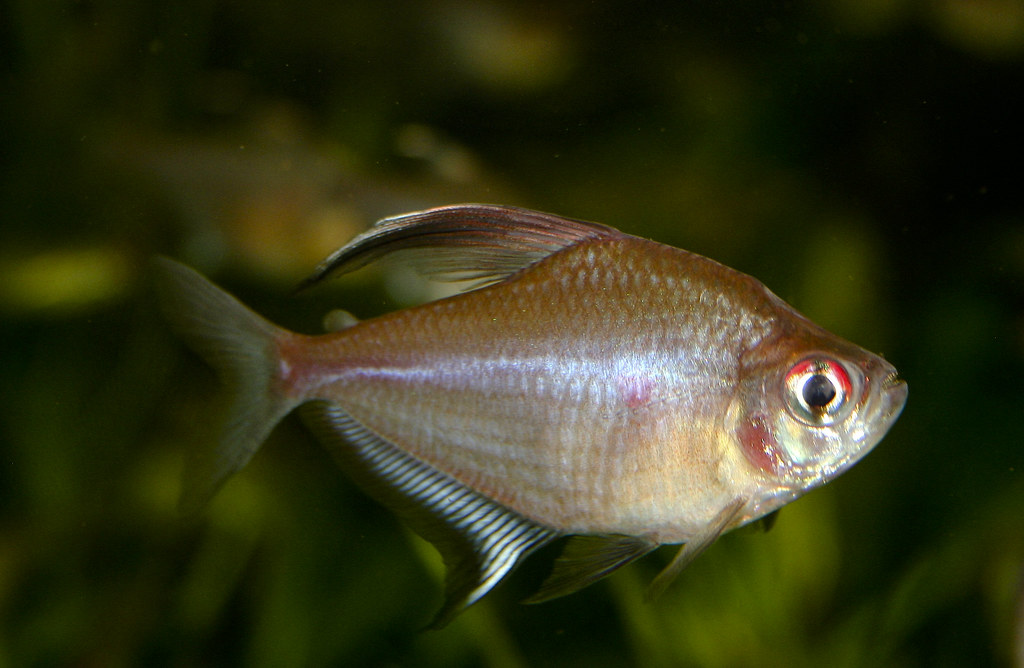
Care And Maintenance Of Bleeding Heart Tetra
The care and maintenance of Bleeding Heart Tetra is essential for their well-being. With a size of two to three inches when fully grown, they require a suitable tank size and a temperature range of 75-82°F. These peaceful fish thrive when kept in a social group of at least four individuals.
Bleeding Heart Tetra is a beautiful and popular species of tropical freshwater fish. To ensure that these vibrant fish thrive and stay healthy in your aquarium, it is important to provide proper care and maintenance. Here are some key aspects you need to consider:
Feeding Habits And Dietary Requirements Of Bleeding Heart Tetra:
- Bleeding Heart Tetra is an omnivorous fish and has a diverse diet. To meet their nutritional needs, it is recommended to feed them a balanced diet consisting of both live and commercial foods.
- They enjoy small insects, but you can also feed them with high-quality flake or pellet food specifically formulated for tropical fish.
- Occasionally, you can supplement their diet with frozen or freeze-dried foods like bloodworms, brine shrimp, or daphnia.
- It is important to feed them small portions multiple times a day rather than one large feeding, as this mimics their feeding habits in the wild.
Tips For Maintaining Water Quality And Filtration:
- Bleeding Heart Tetra thrives in well-maintained and clean water. Ensure that you have a suitable filtration system in place to keep the water clear and free from harmful substances.
- Regular water changes are crucial to maintain optimal water quality. Aim for a 20-30% water change every two weeks to remove accumulated waste and toxins.
- Monitor the water parameters regularly using a reliable test kit. Keep the water temperature between 75-82°F, and maintain a pH level of 6.0-7.5 to mimic their natural habitat.
- Avoid overcrowding the aquarium, as this can lead to poor water quality. Provide ample space and hiding spots for your fish to reduce stress.
Regular Monitoring And Maintenance Tasks:
- Keep an eye on the overall health and behavior of your Bleeding Heart Tetra. Look for signs of illness, such as loss of appetite, abnormal swimming patterns, or discoloration.
- Perform regular aquarium maintenance tasks, such as cleaning the tank walls, gravel vacuuming, and removing any debris or uneaten food.
- Check the equipment regularly, including the heater, filter, and lights, to ensure they are working properly. Replace any faulty or outdated equipment as needed.
- Observe any changes in the water chemistry and adjust accordingly. Make sure to treat the water with a reliable dechlorinator when conducting water changes.
By following these care and maintenance tips, you can create a suitable and thriving environment for your Bleeding Heart Tetra. Remember to monitor their health regularly and provide them with a well-balanced diet to ensure their long-term well-being. Happy fishkeeping!
Breeding And Reproduction Of Bleeding Heart Tetra
The Bleeding Heart Tetra, a tropical freshwater fish found in South America, is known for its vibrant red coloration on its chest resembling a bleeding heart. With a size of two to three inches, they are perfect for smaller aquariums.
Breeding and reproduction are possible with a well-maintained social group of at least four tetras.
Overview Of The Breeding Behavior And Reproductive Cycle Of Bleeding Heart Tetra:
The breeding behavior and reproductive cycle of Bleeding Heart Tetra is quite fascinating. Here are some key points to understand:
- Breeding Behavior:
- Bleeding Heart Tetras are known to be egg scatterers, meaning they do not care for their eggs or fry.
- During the breeding season, the males become more colorful and develop a prominent red spot on their body, resembling a bleeding heart.
- Males will display their vibrant colors and flare their fins to attract females.
- Once a female is ready to spawn, she will release a batch of eggs in the aquarium substrate.
- Males then fertilize the eggs by releasing sperm over them.
- Reproductive Cycle:
- After spawning, the eggs will hatch within 24 to 48 hours, depending on water conditions.
- The newly hatched fry will cling to the substrate or any fine-leaved plants for protection.
- They rely on their yolk sac for nourishment during the first few days.
- As the fry grow, they will start swimming freely, and their diet will transition to small live or powdered foods.
- It usually takes around 2-3 weeks for the fry to reach a size where they can be considered juveniles.
Conditions And Setup For Successful Breeding:
To encourage successful breeding in Bleeding Heart Tetra, it is important to create the right conditions and setup. Here are the key factors to consider:
- Water Parameters:
- Maintain a temperature range of 75-82°F (24-28°C), which mimics their natural habitat.
- Keep the pH level between 6.0-7.5, ensuring slightly acidic to neutral water.
- Water hardness should be around 4-12 dGH.
- Tank Setup:
- Provide a well-planted aquarium to offer hiding spots for the female to deposit her eggs.
- Use fine-leaved plants like Java moss or spawning mops for the eggs and fry to cling to.
- Ensure the tank has ample swimming space for the adult tetras.
- Diet and Conditioning:
- Feed a well-balanced diet to condition the breeders, including high-quality flake foods and live or frozen foods.
- Supplement their diet with protein-rich foods such as bloodworms, brine shrimp, or daphnia.
- Separate Breeding Tank:
- Setting up a separate breeding tank with a sponge filter can be beneficial.
- The breeding tank should have similar water parameters to the main tank.
- Water Changes and Maintenance:
- Regular water changes of 10-15% per week will help maintain water quality.
- Ensure that the water is properly conditioned and free of toxins before introducing breeding pairs.
Caring for the eggs and fry:
Once the eggs are laid, it becomes essential to provide proper care for the eggs and fry. Here’s how you can ensure their well-being:
- Egg Care:
- Avoid disturbing the eggs and maintain stable water conditions.
- Provide low water flow to prevent the eggs from being dispersed.
- Fry Care:
- When the fry hatch, feed them infusoria or commercially available liquid fry food.
- Gradually introduce finely powdered or crushed flake foods suitable for their tiny mouths.
- Use a gentle sponge filter to prevent the fry from being sucked in.
- Separate Tank for Fry:
- To prevent aggression from adult fish, consider transferring the fry to a separate grow-out tank.
- Regular Feeding Schedule:
- Provide several small feedings throughout the day to ensure the fry receive enough food.
- Monitoring Water Parameters:
- Continue to monitor water quality and maintain optimal conditions for the fry’s growth and development.
By following these guidelines, you can increase the chances of a successful breeding and ensure the growth and survival of Bleeding Heart Tetra fry.
Lifespan And Size Of Bleeding Heart Tetra
The Bleeding Heart Tetra has an average size of between two and three inches when fully-grown. Their relatively small size makes them easy to manage and suitable for aquariums that don’t have a lot of space.
Heart of the Amazon rainforest. They are known for their vibrant red markings on their bodies, which resemble a bleeding heart, hence their name. Bleeding Heart Tetras are popular among aquarium hobbyists due to their peaceful nature and stunning appearance.
Average Lifespan Of Bleeding Heart Tetra In Captivity:
- Bleeding Heart Tetras can live for an average of 5-7 years in captivity.
- With proper care and a healthy environment, some individuals may even live up to 10 years.
Size Range And Growth Rate Of Adult Bleeding Heart Tetra:
- Adult Bleeding Heart Tetras typically reach a size between two and three inches when fully-grown.
- This relatively small size makes them ideal for aquariums with limited space.
- The growth rate of Bleeding Heart Tetras is steady but not rapid, with individuals reaching their full size within the first year or so.
Remember, providing the right environment and diet is crucial for the overall health and longevity of your Bleeding Heart Tetras. Following proper care guidelines will help ensure that these beautiful fish thrive in your aquarium for years to come.
Potential Health Issues And Diseases
The Bleeding Heart Tetra, a species of tropical freshwater tetra, is known for its vibrant colors and delicate appearance. These small fish grow to be between two and three inches long, making them suitable for smaller aquariums. While generally peaceful, it is recommended to keep them in groups of at least four to maintain their social behavior.
Common Health Issues And Diseases That Affect Bleeding Heart Tetra:
- Swim bladder disorder: This condition causes difficulty in maintaining buoyancy, leading to a tilted or upside-down swimming position. It may occur due to overfeeding or poor water quality.
- Ich (White Spot Disease): Characterized by the presence of white spots on the fish’s body, fins, and gills, ich is a common parasitic disease that can affect bleeding heart tetras. It is caused by Ichthyophthirius multifiliis and can be triggered by stress or poor water conditions.
- Fin rot: Fin rot is a bacterial infection that affects the fins of bleeding heart tetras. It can be caused by poor water quality and can lead to frayed or deteriorating fins, ultimately affecting the fish’s ability to swim properly.
- Parasitic infections: Bleeding heart tetras can be susceptible to various parasitic infections, such as gill flukes, skin flukes, and internal parasites. These can lead to symptoms like excessive scratching, inflamed gills, and weight loss.
Prevention Measures And Treatments For Maintaining Their Well-Being:
- Maintain proper water quality: Regularly test the water parameters and ensure they are within the acceptable range for bleeding heart tetras. Regular water changes and the use of a reliable filtration system can help maintain a healthy environment.
- Quarantine new fish: Before introducing new fish to your aquarium, quarantine them in a separate tank for a few weeks to monitor their health. This helps prevent the spread of diseases to the existing fish.
- Balanced diet: Provide a balanced diet to ensure the overall health of your bleeding heart tetras. Offer a variety of high-quality fish flakes, pellets, and occasional live or frozen foods to provide essential nutrients.
- Medications: In case of diseases, it is crucial to seek appropriate medications to treat the specific condition. Consult with a veterinarian or a knowledgeable aquarium professional to determine the correct treatment options for your bleeding heart tetras.
By being vigilant and proactive in their care, you can help prevent and manage potential health issues and diseases affecting your bleeding heart tetras. Regular observation, proper nutrition, and a clean and stable aquarium environment are the keys to ensuring their well-being.
Conclusion
Overall, the Bleeding Heart Tetra is a fascinating fish species that can make a beautiful addition to any aquarium. With their vibrant red coloration and unique heart-shaped marking, they are sure to capture the attention of fish enthusiasts. In terms of size, Bleeding Heart Tetras are relatively small, reaching an average length of two to three inches when fully grown.
This makes them easy to manage and suitable for aquariums that may not have a lot of space. These tetras are also known for their peaceful nature, as long as they are kept in a social group of at least four individuals.
They rely on each other to maintain their positive behavior and can be seen swimming together in harmony. Caring for Bleeding Heart Tetras involves maintaining specific water parameters, including a temperature range of 75-82°F. They are omnivorous eaters and will thrive on a diet of high-quality flakes, pellets, and live or frozen foods.
Frequently Asked Questions Of Bleeding Heart Tetra
Are Bleeding Heart Tetras Aggressive?
Bleeding Heart Tetras are peaceful fish, but their temperament depends on their social group. Keep at least four together.
What Do Bleeding Heart Tetra Eat?
Bleeding Heart Tetras primarily eat flakes, pellets, and small live or frozen foods.
What Temperature Should Bleeding Heart Tetras Be Kept At?
Bleeding Heart Tetras should be kept at a temperature range of 75-82°F.
What Are The Water Parameters For Bleeding Heart Tetras?
The water parameters for Bleeding Heart Tetras are a temperature of 75-82°F.
References
Aquarium and Tropical Fish Association (ATA)
National Aquarium Society (NAS)
Ornamental Aquatic Trade Association (OATA)

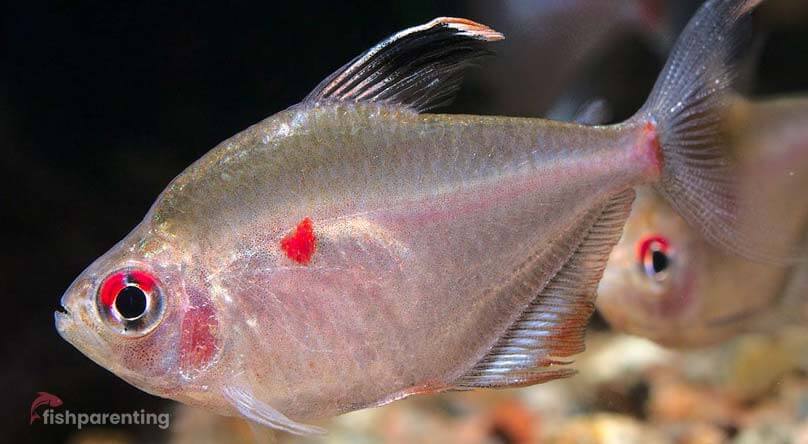
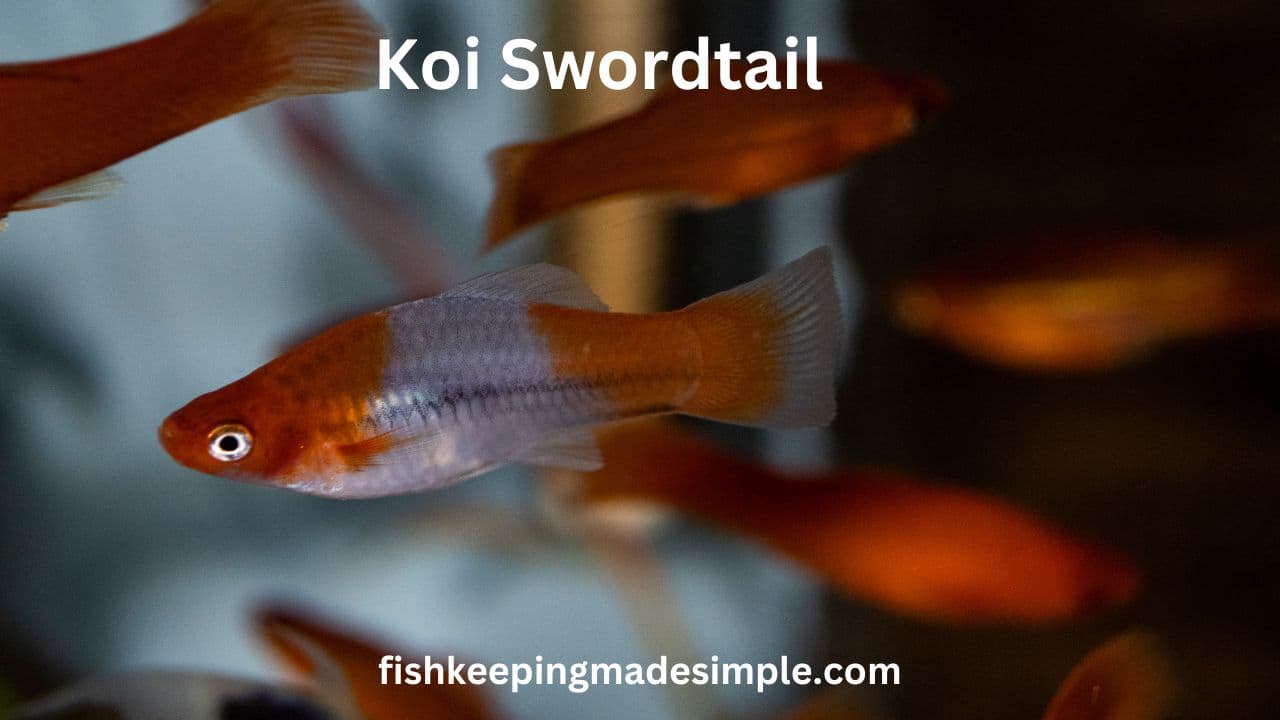

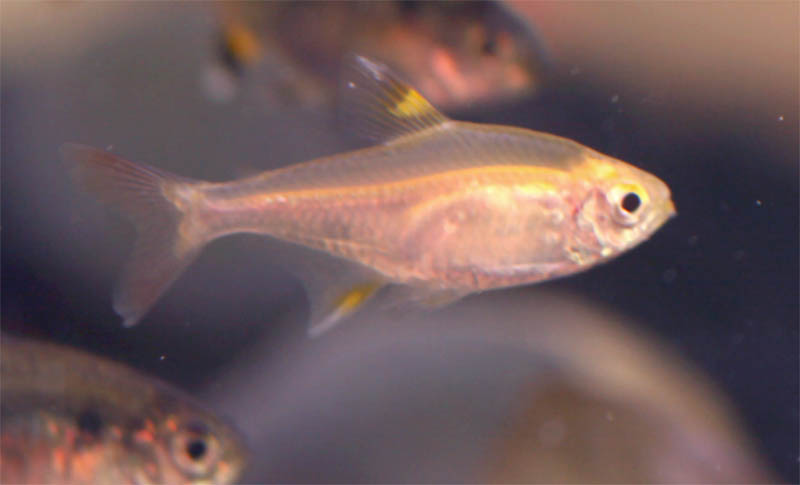
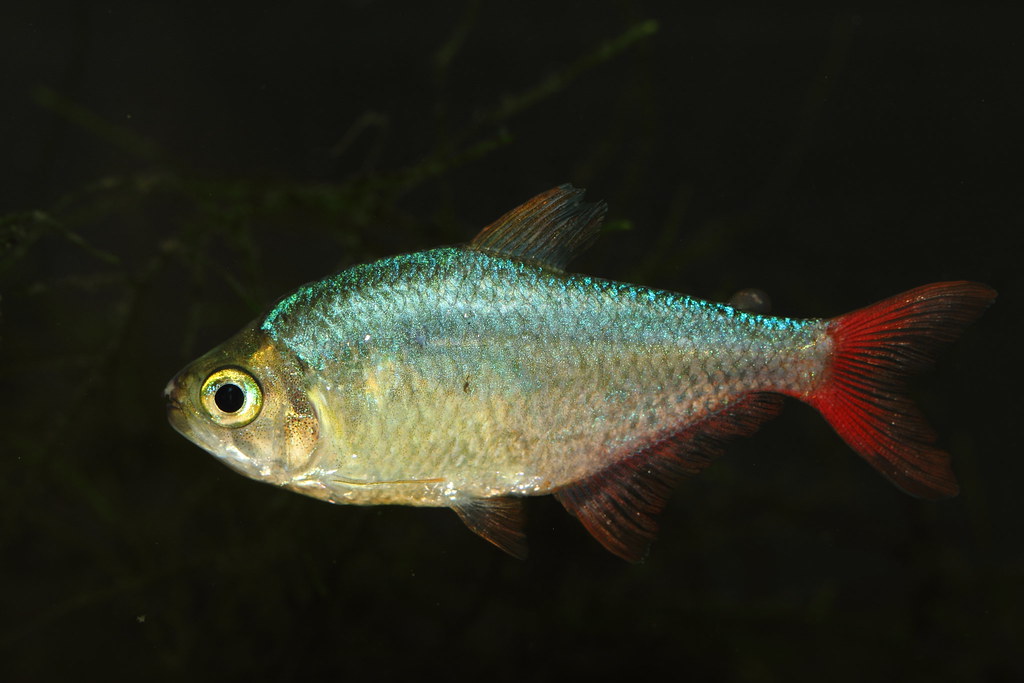
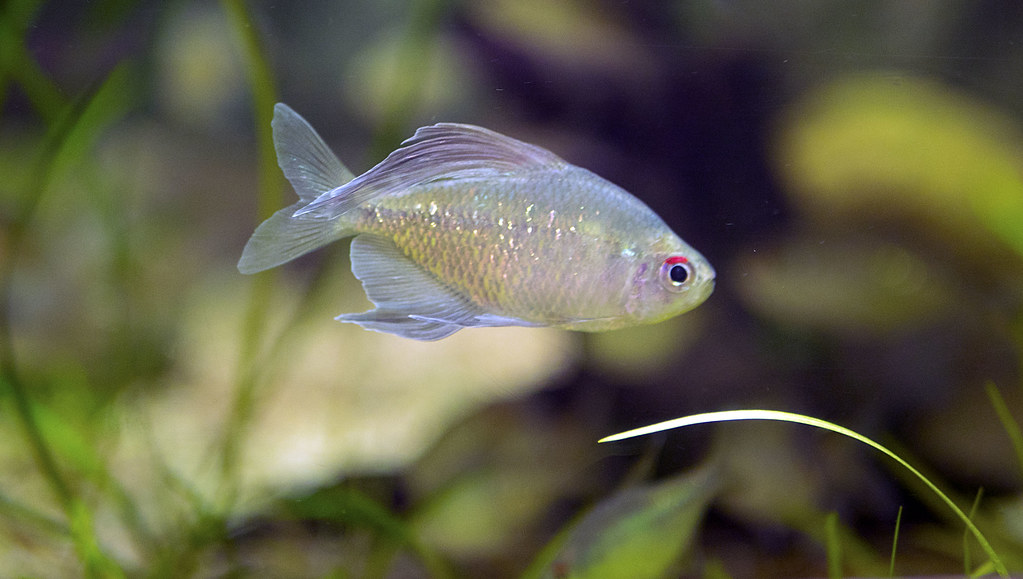
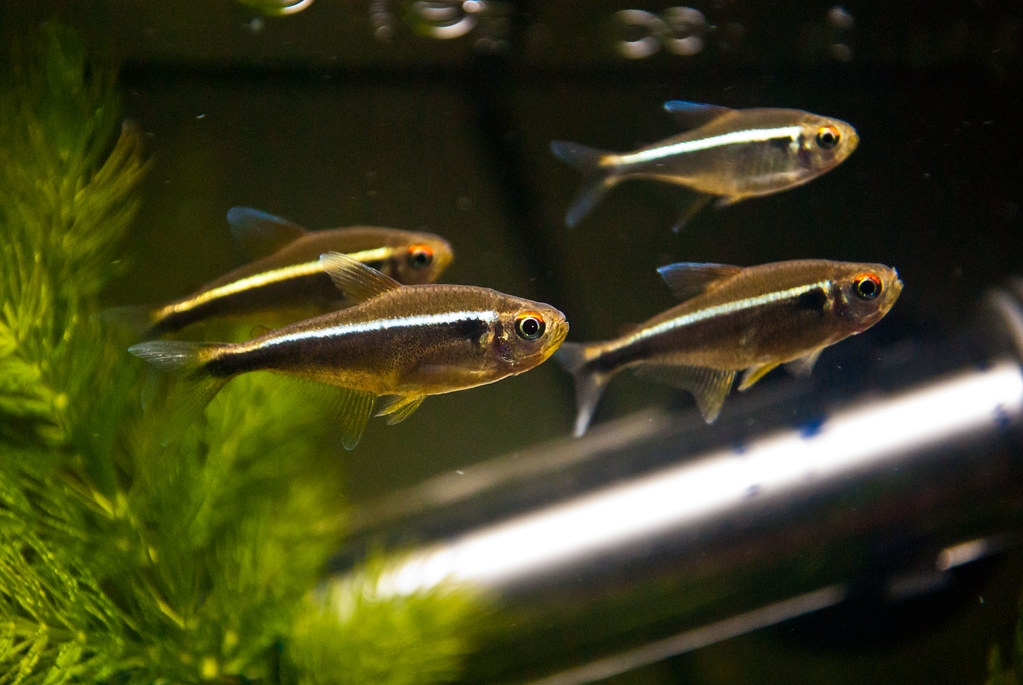
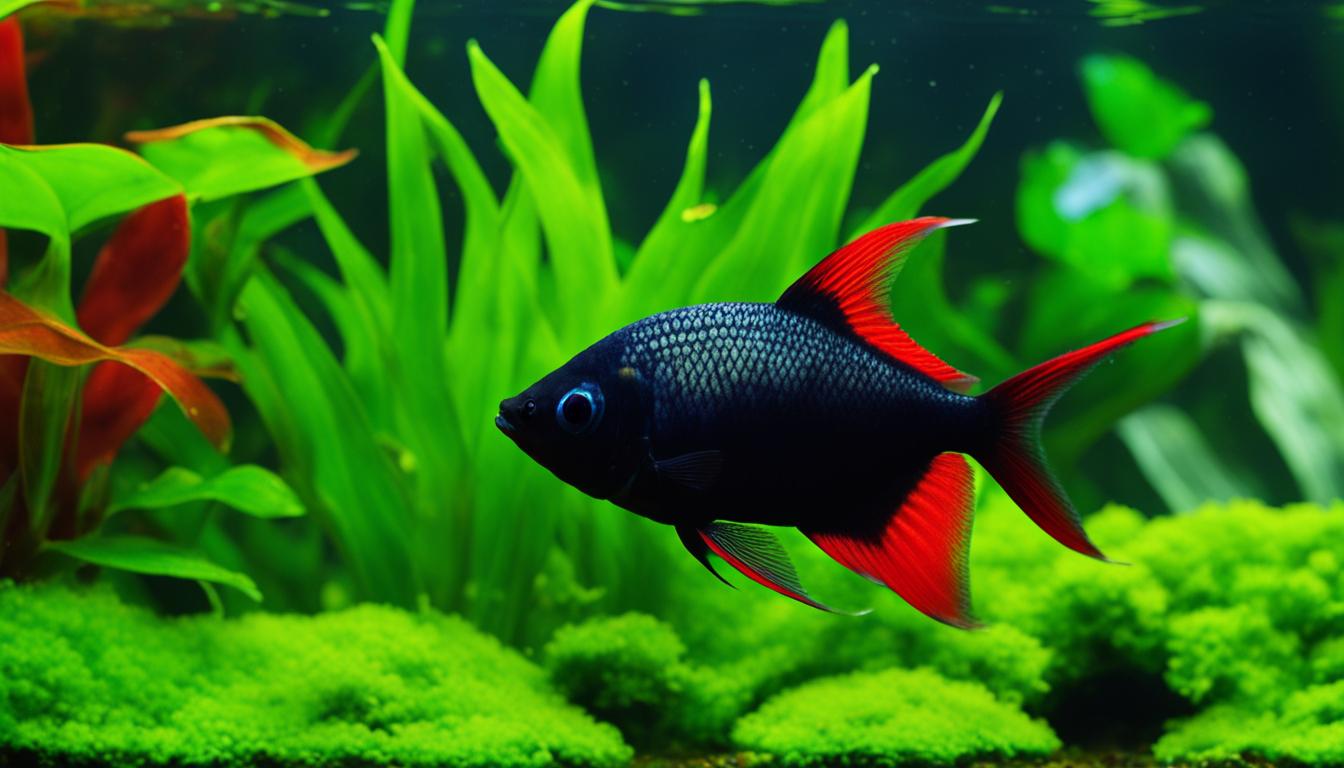
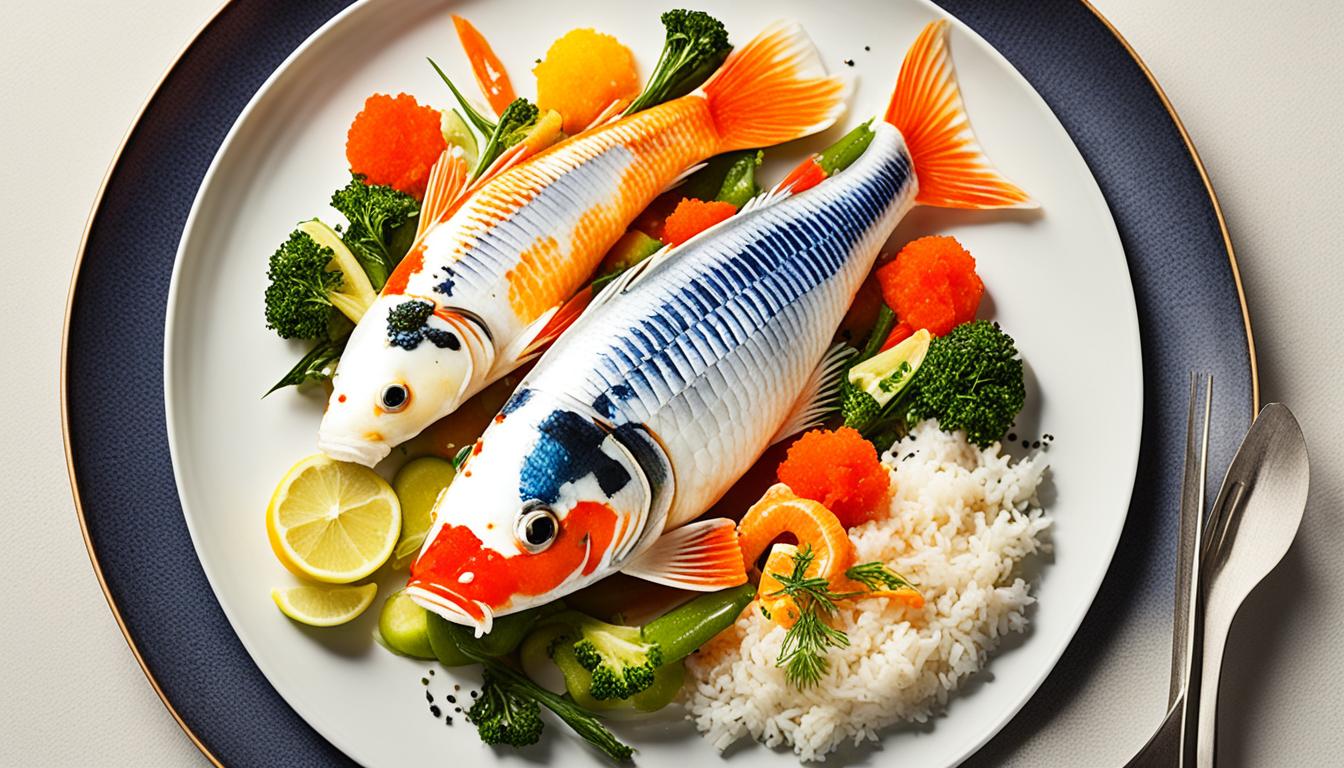
[…] The Peacock Wrasse is a colorful and captivating addition to any aquarium. […]
[…] The Red Rainbowfish, also known as the salmon-red rainbowfish, is a species of rainbowfish from Lake Sentani in Irian Jaya, Indonesia. It belongs to the family Melanotaeniidae and is known for its vibrant red coloration. The Red Rainbowfish is easy to care for and a great addition to any freshwater aquarium. […]
[…] Green Fire Tetra is a vibrant and captivating fish that adds a pop of color to any freshwater aquarium. With its translucent green, orange/red, and […]
[…] sail-like dorsal fin. This fish prefers slightly brackish water conditions, making it a unique addition to your aquarium. With its vibrant colors and active nature, the common molly is sure to grab the attention of […]
[…] bottom-dwellers like bristlenose plecos and algae-eaters like mystery snails can be great tank mates for white skirt […]
[…] ranges from three to four years, and it thrives in a tank with low nitrate levels. Overall, the Gold Tetra is a hardy and beautiful addition to any freshwater […]
[…] a well-established and densely planted aquarium to create a sense of security for the Phantom Red […]
[…] In this article, we will explore the behavior of gouramis, discuss peaceful tank mate options, and provide guidance on creating a harmonious community tank. Let’s dive in and discover the perfect gourami tank mates for your aquarium! […]
[…] cochus blue tetra is a colorful and active freshwater fish ideal for all skill levels of aquarium […]
[…] So, let’s dive in and explore the wonderful world of loaches together. Get ready to discover their unique habitats, learn about their dietary needs, and find out which loach species are the perfect additions to your aquarium. […]